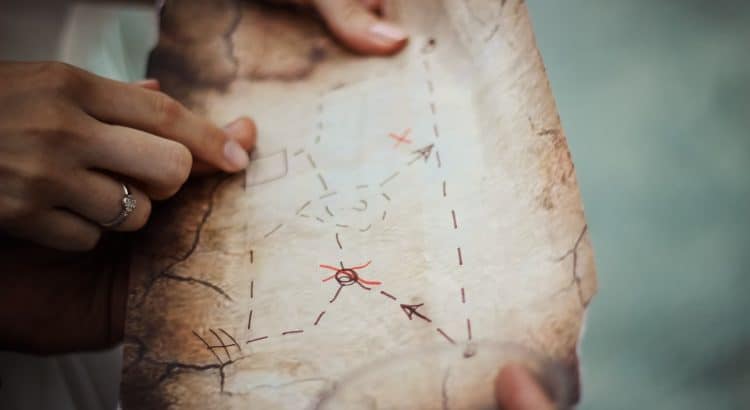Treasure hunting refers to the activity of searching for hidden or valuable items, artifacts, or treasures. It involves exploring various locations, such as land or underwater, with the aim of discovering items of historical, cultural, or monetary significance. Treasure hunting can be done as a recreational hobby, a professional pursuit, or as part of archaeological or historical research.
Historically, treasure hunting has been associated with the search for lost or buried treasures, often connected to legends, myths, or historical events. These treasures may include precious metals, gemstones, historical artifacts, coins, or other valuable objects. Some famous examples of treasure hunting include the search for pirate treasures, such as the lost treasure of Captain Kidd or Blackbeard’s loot.
Modern treasure hunting involves a variety of methods and techniques. Metal detectors are commonly used to locate buried metallic objects, while underwater metal detectors and sonar systems are employed in marine or underwater treasure hunting. Research, historical records, maps, and clues may also be utilized to narrow down potential search areas.
It’s important to note that treasure hunting should always be conducted legally and responsibly. Many countries have regulations and laws in place to protect archaeological sites and artifacts. It’s crucial to obtain proper permits, respect private property rights, and follow ethical guidelines when engaging in treasure hunting activities.
For some people, treasure hunting is a thrilling and adventurous pursuit, offering the excitement of discovery and the potential to uncover valuable or historically significant items. However, it’s important to approach treasure hunting with respect for cultural heritage, legal compliance, and environmental conservation.
